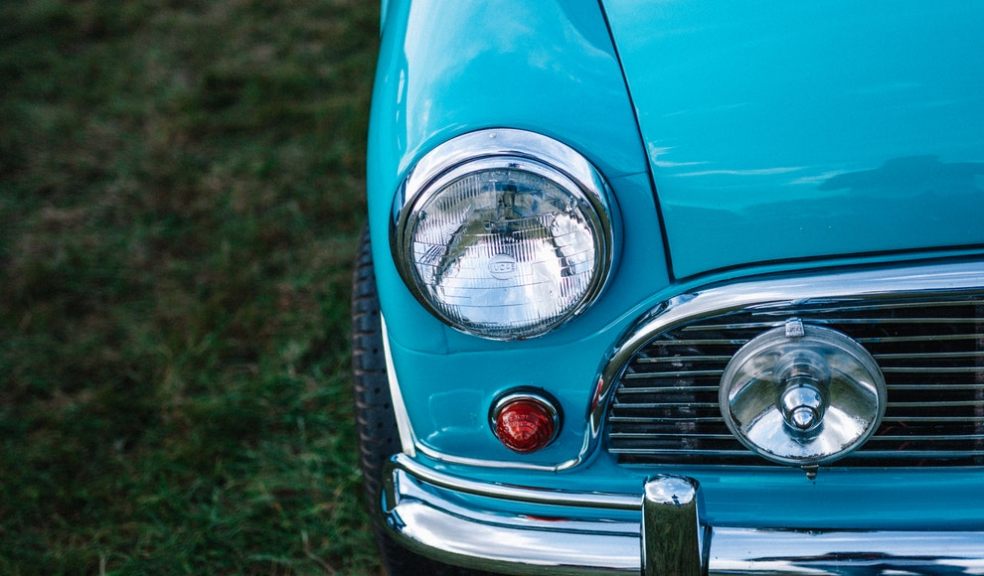
Classic car restoration guide
Classic cars are getting more and more popular every day. It is a great way to be unique in the streets, where there are loads of similar vehicles except yours. Anyway, restoring a vintage car might be a challenge. It takes time, and you may need lots of patience. The best thing to do is to give this job to professionals. But if you want to do this by yourself, continue reading this article, and we will try to help you with that.
Firstly, you need to get a vehicle to restore. There are loads of classical vehicles for sale on different websites, so take a look and find the right one. If you already have it, let‘s start with some basic things. The most important step to do is to have a plan. This will give you a firm understanding of the overall process. You need to find out how much it may cost, how long it will take, and, especially, how you are going to do it. Here‘s what you need to think of: budget, location, timeframe. Decide how much you want to spend for the entire project, then divide it into smaller parts. Do not cheap out on certain parts because the quality might dictate your final product. Also, figure out where you will store your vehicle. And lastly, create a timeline of how long this is going to take. Be realistic and set achievable goals. Do not forget that it is always a good idea to contact the experts. And lastly, have a vision of how your car will look once it is completely restored.
Secondly, start cleaning your vehicle. Do not throw away broken parts as you may need them to compare when buying replacement ones. Take notes of everything that needs to be replaced. Label all wiring once you have removed it, as it can be quite confusing. Drain all fluids to avoid making a mess. Remove external panels, such as bumpers, trims, wings. Do the same with window glass and store it carefully if you plan to reuse it. Protect or remove your headlights and everything underneath. Apply powder coats for any easily removed metal part that is not rusty. Lastly, order replacement parts.
The final phase is to strip off all the paint. There are ways to do this by yourself, but you may need professionals for it. Remove rust and dents, then seal underneath. Not only it looks good but also provides a durable layer that protects it from scratches, rust, extreme temperature, and other stuff. You should also get the engine checked by some experts. Remove and replace all auxiliary parts, hook the wiring up and make notes of everything that does not work properly and needs to be replaced. Reassemble your brake system, refit your fuel system, install wiring, the engine and gearbox, and cooling system. Put all the pieces back together and finally test your car.
That is a very abstract guide, so for more information, please contact some experts.

















